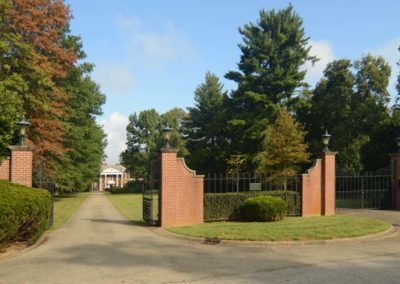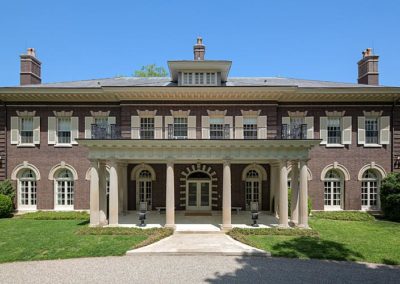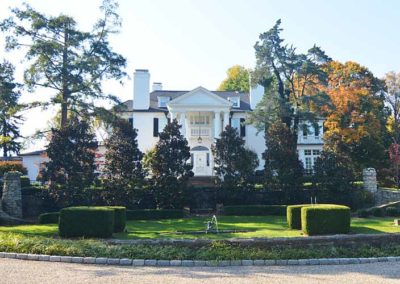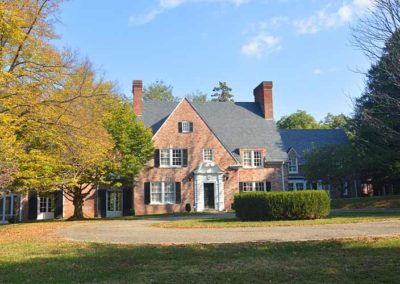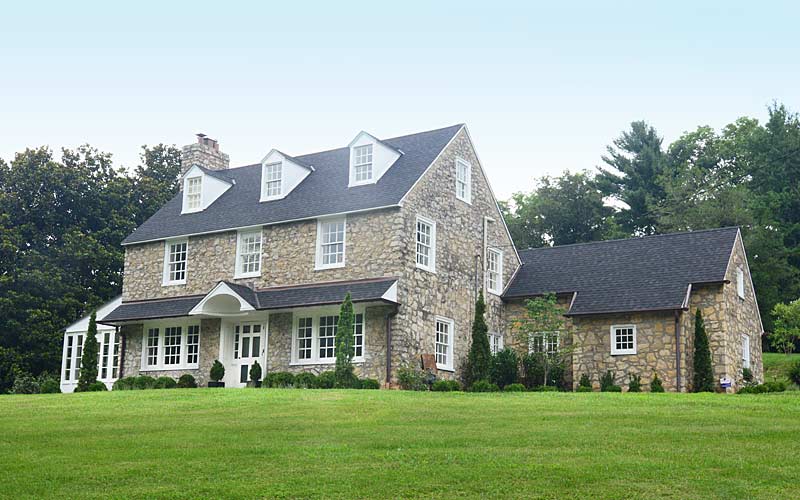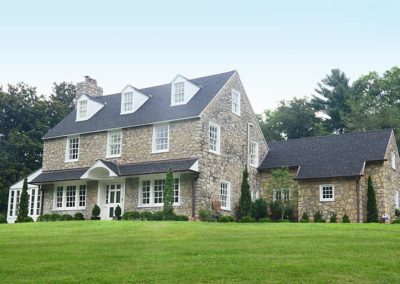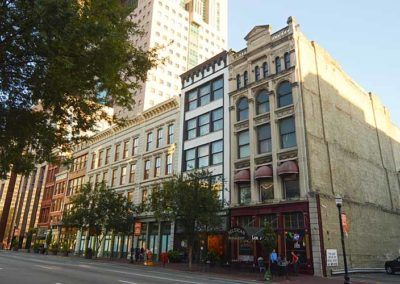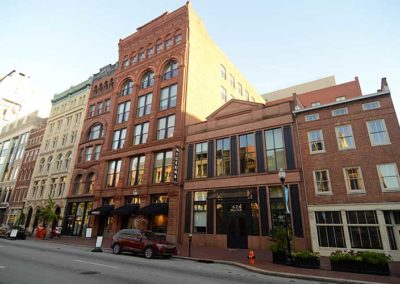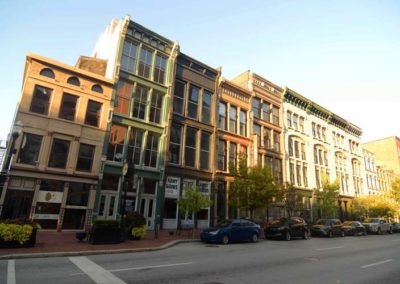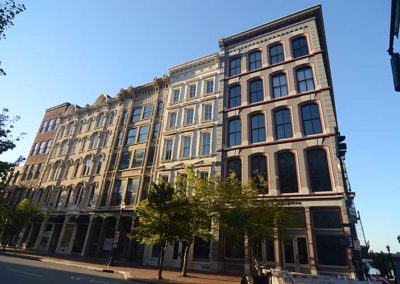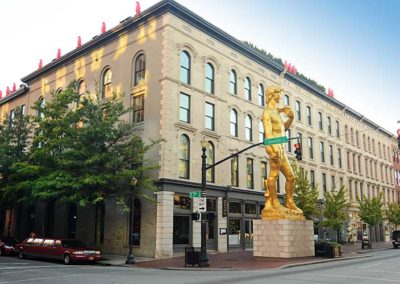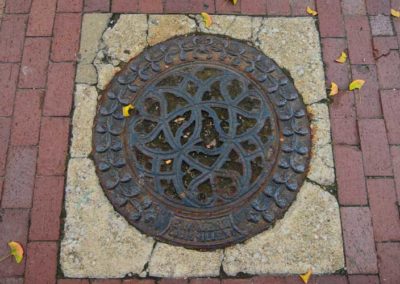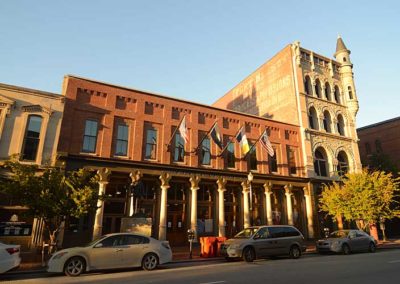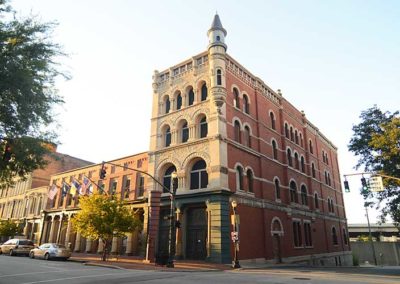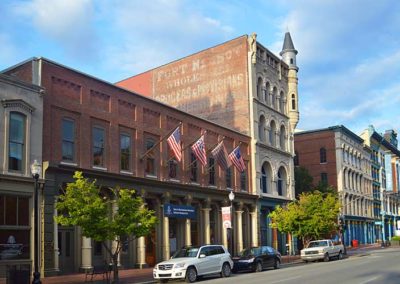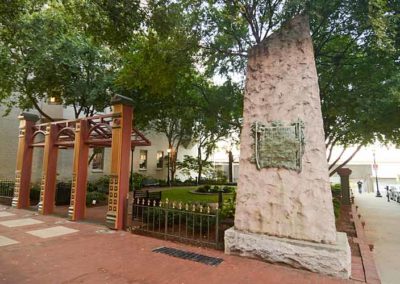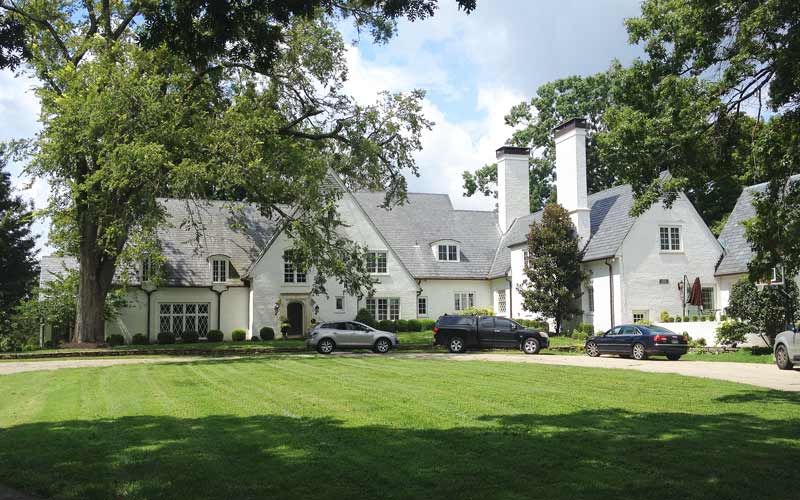
Country Estates of River Road
Country Estates of River Road

The Historic District consists of 21 large estates, or ‘country places’, designed between 1875 and 1938, and mainly from 1905 to 1916, stretching in a line along the Ohio River bottom lands and the steeply-rising river bluffs behind them. The properties are contiguous for three miles along River Road between Longview Ln. & Wolf Pen Branch Rd.
Architectural styles include Federal, Greek Revival, Colonial Revival, Tudor Revival, Craftsman, and Eclectic. Each estate has a name or title, some of those names are Boxhill, Rockledge, Glen Entry, Winkworth, Bushy Park-Melcombe, Lincliff, Allenwood, Drumanard, Ashbourne, Robinswood, Cobble Court, The Avish, & Nitta Yuma.
Prominent historic entrance gates along River Rd. and Wolf Pen Branch Rd. mark the access to six of the estates and to the Glenview neighborhood. Other estates are accessed from the narrow lanes leading back from the river including Longview Ln., Glenview Ave., and Avish Lane.
These significant works of landscape architecture are second in scope only to the Hudson River valley in New York.
Located along ‘Scenic Byway’ River Rd. and Wolf Pen Branch Rd. from Longview Ln. to Brownsboro Rd.
